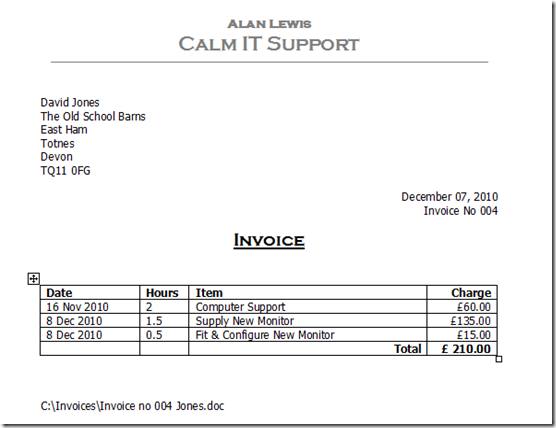



That does not mean all tasks have completed.Create a credit or debit memo from an invoice The On Finish route is triggered whenever the workflow status moves from processing to finish. It is not possible to know preceding task statuses with an On Finish route. In most cases, we recommend that you use an On Complete route, because you can know whether tasks in the Iterate route succeed or fail by using an On Complete route. If your main On Start branch contains an Iterate task, you may want to include subsequent tasks in an On Complete or On Finish route. Use On Complete route after an Iterate task if you need to know the task status The task run for the bill run id (2c92c094751bfa9f01751e9cecbc0eb1) is displayed in the results. We include a Liquid variable () in the name of the task, and another Liquid variable (BillingRun.Id) in the tag.Īfter the workflow completes, we can see the Liquid variable in task names are now replaced with actual values.īecause we include BillingRun.Id as a tag for the task, we can now search for the task run with a particular BilllingRun.Id (for example, 2c92c094751bfa9f01751e9cecbc0eb1) using the Search bar in the Tasks tab. After the workflow completes, you can search for the task run in the Tasks tab of the workflow.įor example, we create a workflow to get some bill runs first, and then we iterate on the bill runs and perform some additional task. In this case, you can include Liquid variables in the task name or tag. If a task in your workflow needs to be run a lot of times, it is hard to find a particular task run for debugging. Include Liquid expressions in task names or tags to make your task runs searchable When you copy a workflow from Sandbox to Production, these Liquid variables will ensure the retrieved values are valid.įor endpoints that contain '/v1/', use the following expression:
CREATING INVOICES IN ZUORA PASSWORD
Use the system Liquid variables to refer to your password or base URLs of REST endpoints. Use system Liquid expressions when possibleįamiliarize yourself with the common Liquid expressions in Workflow, and use the system Liquid expressions when possible. For details, see Workflow best practices. Always design exits for your retry loops. Unnecessary retries could increase task count considerably. For example, you can define a Liquid variable and then add a Case task to create branches based on the value of the variable. You can use Liquid variables to minimize task usage. For example, you can create Usage records and update custom fields for multiple records of the same object at a time (Account, Subscription, Invoice, etc.).
CREATING INVOICES IN ZUORA UPDATE
If you are going to create or update a large amount of Zuora objects after an Iterate type of task, consider using a batched Action POST or PUT operations where you can affect up to 50 objects in a single call. To minimize task usage and ensure the number of queries stays within the limits, Zuora recommends that you include a batch of SQL statements in a single Data Query task. Do not submit more than 15 queries at one time. Data Query supports at most 5 queries being processed simultaneously, and at most 10 queries in the queue. Try to leverage some of the Platform capabilities. For example, you can do complex data manipulation and transformation using SQL queries in Data Query or JSONata for JSON documents.

For the yearly allowance of workflow tasks for different Zuora editions, see Zuora Editions. Production usage is counted towards utilization. You can view the limit on the Metrics tab from the workflow home page.


 0 kommentar(er)
0 kommentar(er)
